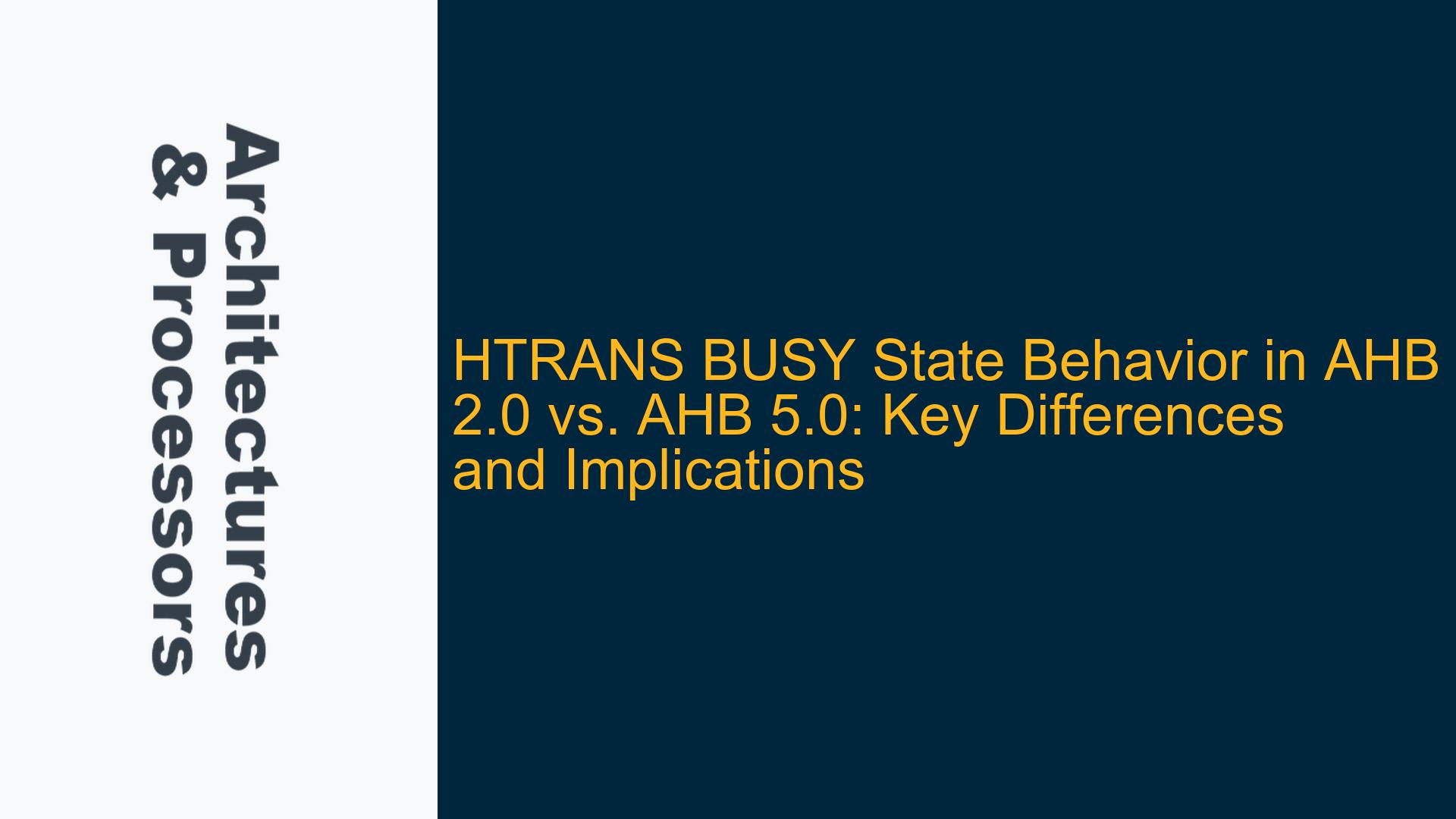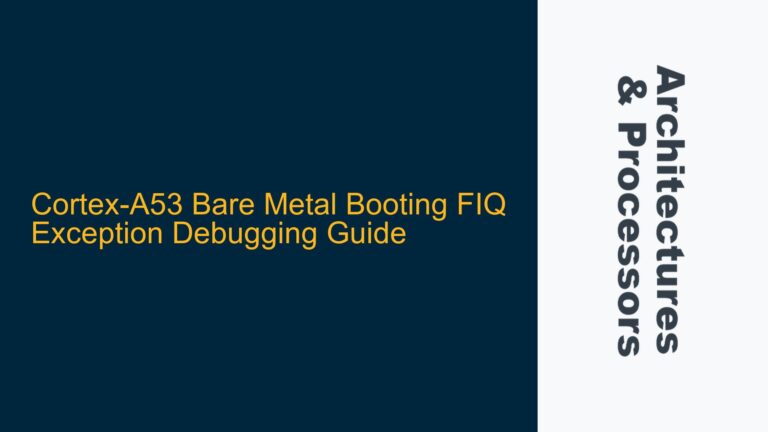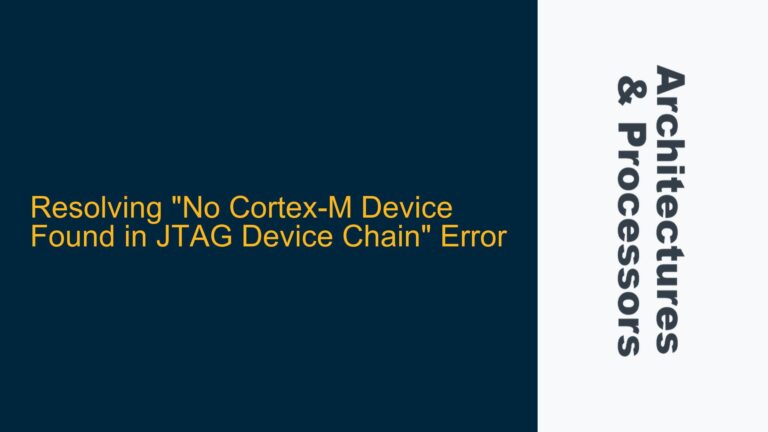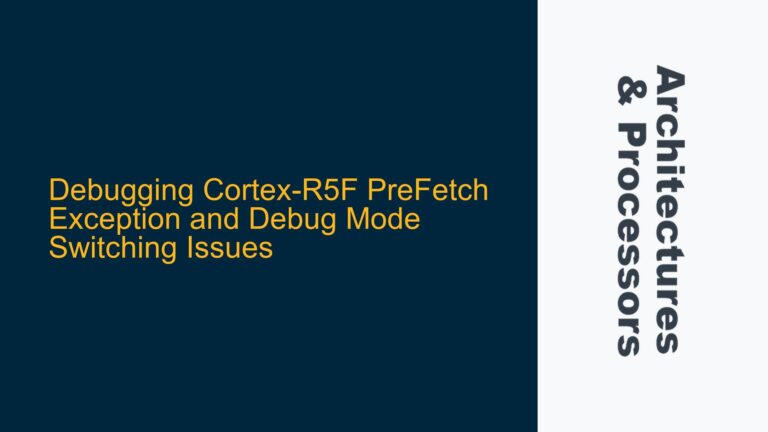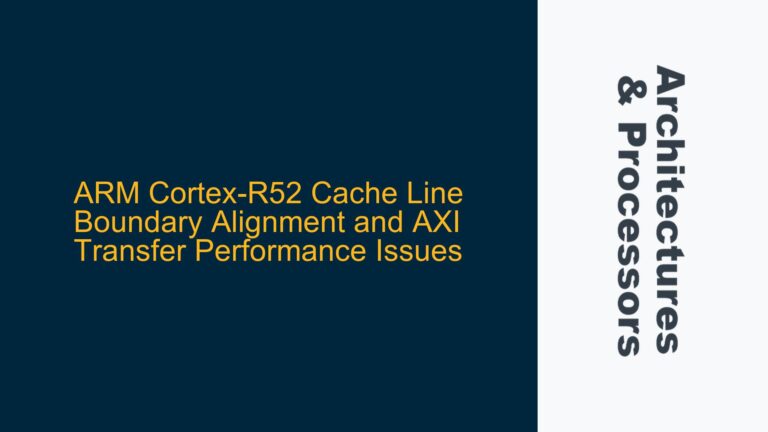HTRANS BUSY State Behavior in AHB 2.0 and AHB 5.0
The HTRANS signal in the ARM AMBA AHB protocol is a critical component of the bus transaction mechanism, responsible for indicating the type of transfer being requested by a master. The BUSY state of HTRANS is particularly important as it allows a master to insert idle cycles between consecutive data transfers without relinquishing the bus. This capability is essential for managing timing and performance in complex SoC designs. However, the documentation and explicit behavior of the BUSY state have evolved between the AHB 2.0 and AHB 5.0 specifications, leading to potential confusion and implementation challenges.
In AHB 2.0, the BUSY state is implicitly understood but not explicitly documented in the same level of detail as in AHB 5.0. The AHB 5.0 specification provides a more comprehensive description of the BUSY state, including specific scenarios where the HTRANS signal can be updated while HREADY is low. This evolution in documentation reflects a response to real-world design challenges and the need for clearer guidelines on how to handle BUSY states in modern SoC designs.
The core issue revolves around whether the BUSY state behavior in AHB 2.0 is consistent with that in AHB 5.0. Specifically, designers need to understand if the BUSY state can be dynamically updated during wait states (when HREADY is low) and how this impacts bus efficiency and protocol compliance. This understanding is crucial for ensuring backward compatibility and optimizing bus performance in systems that may use a mix of AHB 2.0 and AHB 5.0 components.
Evolution of BUSY State Documentation and Protocol Clarifications
The primary cause of confusion stems from the differences in how the BUSY state is documented between AHB 2.0 and AHB 5.0. In AHB 2.0, the BUSY state is mentioned briefly, with limited guidance on its dynamic behavior during wait states. This lack of explicit documentation led to varying interpretations and implementations, particularly in scenarios where a master needs to update the HTRANS signal while HREADY is low.
In contrast, the AHB 5.0 specification provides a detailed explanation of the BUSY state, including specific conditions under which HTRANS can be updated during wait states. This clarification was added in response to feedback from the design community, which highlighted the need for more precise guidelines to avoid inefficiencies and protocol violations. The AHB 5.0 specification explicitly states that a master can change the HTRANS signal from BUSY to NONSEQ or SEQ if it determines that a new transfer is required while the current transfer is still in progress (i.e., HREADY is low).
This evolution in documentation reflects a broader trend in the ARM AMBA specifications, where later versions aim to address ambiguities and provide more detailed guidance based on real-world design experiences. However, this also means that designers working with older versions of the protocol, such as AHB 2.0, need to carefully interpret the specifications to ensure consistent behavior across different protocol versions.
Another contributing factor is the introduction of AHB-Lite in AHB 3.0, which simplified the protocol by removing some of the more complex features, including support for multiple masters and the associated arbitration logic. While AHB-Lite does not directly impact the BUSY state behavior, it influenced the overall documentation approach, leading to more detailed explanations in subsequent versions like AHB 5.0.
Implementing BUSY State Behavior: Verification and Optimization Strategies
To address the challenges associated with the BUSY state behavior in AHB 2.0 and AHB 5.0, designers and verification engineers should adopt a systematic approach that includes protocol analysis, simulation, and optimization. The following steps outline a comprehensive strategy for ensuring correct implementation and verification of the BUSY state behavior:
Protocol Analysis and Specification Review
The first step is to thoroughly review the AHB 2.0 and AHB 5.0 specifications, focusing on the sections related to the HTRANS signal and BUSY state. Pay particular attention to the differences in documentation and any explicit guidance on dynamic updates to HTRANS during wait states. This analysis should also include a review of the AHB-Lite specification (AHB 3.0) to understand the broader context of protocol evolution.
Simulation and Testbench Development
Develop a detailed testbench that includes scenarios for testing the BUSY state behavior under various conditions. This testbench should cover cases where HREADY is low, and the master needs to update the HTRANS signal from BUSY to NONSEQ or SEQ. Use SystemVerilog and UVM to create a robust verification environment that can simulate these scenarios and detect any protocol violations or inefficiencies.
Corner Case Identification and Testing
Identify corner cases that may arise due to differences in BUSY state behavior between AHB 2.0 and AHB 5.0. For example, test scenarios where a master updates HTRANS during wait states in a system that includes both AHB 2.0 and AHB 5.0 components. These corner cases should be rigorously tested to ensure that the system behaves as expected and does not violate protocol rules.
Performance Optimization
Optimize the bus fabric configuration to minimize the impact of BUSY states on overall system performance. This may involve adjusting arbitration policies, optimizing the timing of HTRANS updates, and ensuring that masters can efficiently transition between BUSY and active transfer states. Use simulation results to guide these optimizations and validate their effectiveness.
Compliance and Backward Compatibility
Ensure that the implementation complies with both AHB 2.0 and AHB 5.0 specifications, particularly in systems that include components from both protocol versions. This may require implementing conditional logic in the bus fabric to handle differences in BUSY state behavior. Verify compliance through extensive simulation and formal verification techniques.
Documentation and Knowledge Sharing
Document the findings and implementation details to ensure that the design team has a clear understanding of the BUSY state behavior and its implications. Share this knowledge with other teams working on related projects to promote consistency and best practices across the organization.
By following these steps, designers and verification engineers can effectively address the challenges associated with the BUSY state behavior in AHB 2.0 and AHB 5.0, ensuring robust and efficient SoC designs. This approach not only resolves the immediate issue but also contributes to a deeper understanding of the ARM AMBA protocol, enabling more effective design and verification in future projects.
